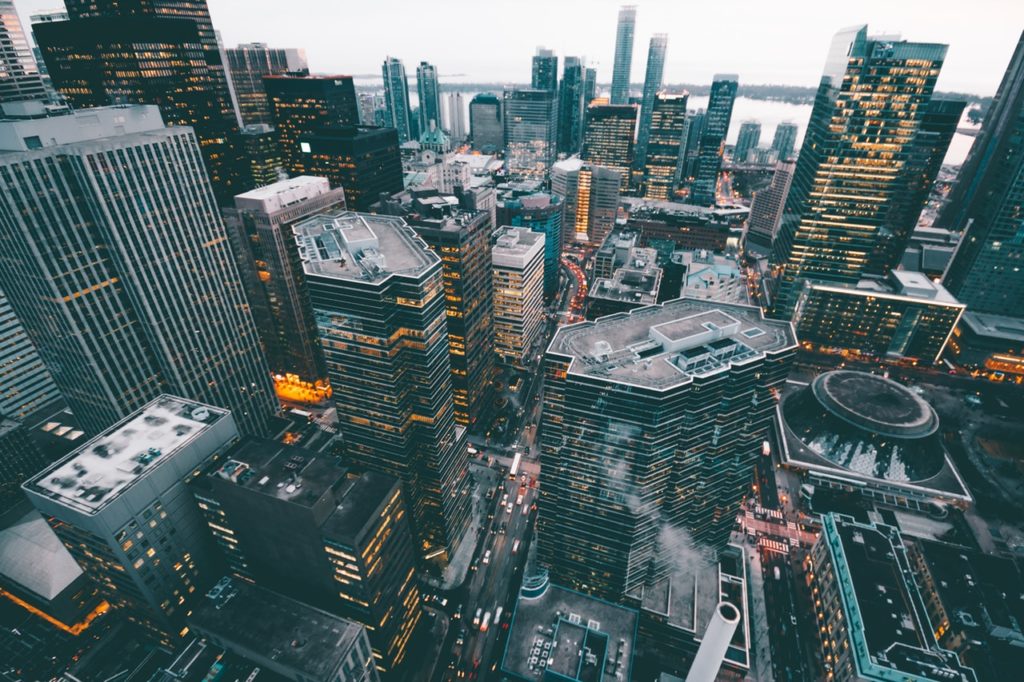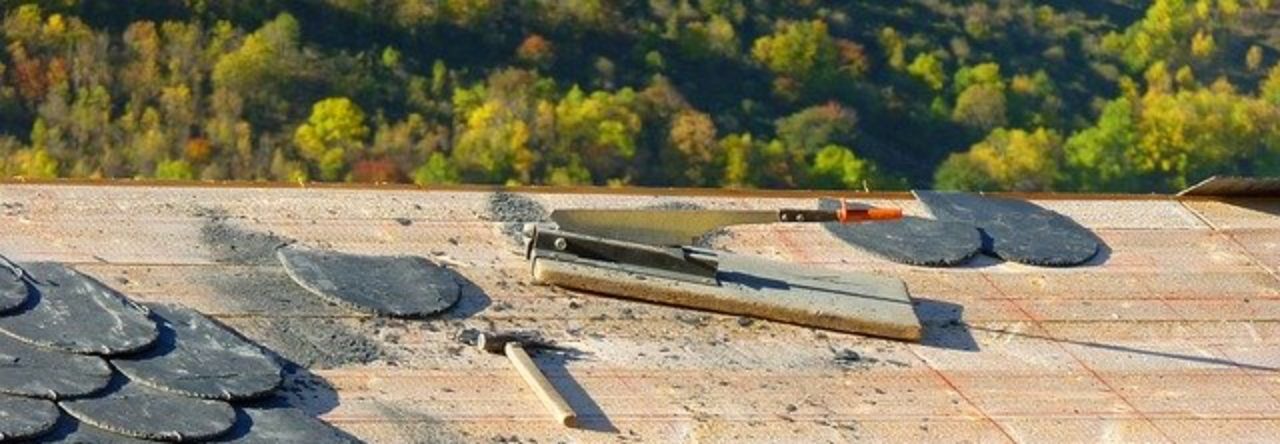
A roof, as we all know, is the structure that covers and protects a building from the top. It forms an essential part of any building, be it residential, commercial or industrial. The term “Commercial Roofing” covers all aspects of roofing for a commercial building. This ranges from selection of a roofing system to its installation and maintenance.
How is Commercial Roofing different from Residential Roofing?
Despite a few basic similarities, commercial and residential roofing are actually two very different industries owing to the following factors:
- Commercial and residential roofs are architecturally and design-wise dissimilar. For example, most commercial roofs are flat or near flat while residential roofs generally tend to be sloped.
- Commercial structures are invariably much larger than residential ones.
- Due to their larger size and more complex construction requirements, installation of commercial roofs is more expensive and time-consuming vis-à-vis residential roofs.
- Since the variety of materials and roofing systems available for the commercial sector far exceed the corresponding options for residential roofing.
- Commercial roofs require more frequent routine maintenance.
Important Considerations for a Commercial Roof
Selecting the most appropriate commercial roof is a significant decision in the overall planning of building construction. Below are some points that must be evaluated to arrive at the right roofing decision:
Weather and Locale: Weather and location specific conditions such as sunlight, wind speeds, rainfall and snowfall must be taken into account during designing of the roof and selecting the roofing material.
Purpose of the Building: The intended commercial use of the building may go a long way in deciding what top qualities to look for in the roofing system e.g. seepage-free material, strong insulation, acoustical strength, aesthetic value, ease of access, etc.
Durability: While factors like weather conditions, proper installation and efficient maintenance play a role in how long a roofing system lasts, the natural age of different roofing materials can vary between 10 and 50 years. Some materials are more maintenance-heavy than others. Consider carefully as to what suits your needs in an optimal way.
Budget: Nobody wants to over-spend but a roofing budget needs to be long-term and practical. Its better to invest more upfront for a durable roof with low ongoing maintenance costs.
Some Popular Commercial Roofing Systems
As mentioned before, there are a large variety of commercial roofing systems available on the market. Here’s a quick look at some of the most popular:
EPDM Roofs: Ethylene Propylene Diene Terpolymer is a lightweight and durable rubber membrane-based roofing solution. Its known to be easy to install and maintain.
TPO Roofs: One of the most in-demand commercial roofing systems, Thermoplastic Polyolefins roofs can withstand extreme temperature fluctuation. It is also amongst the best fire-resistant products available on the market.
BUR: One of the oldest and most preferred systems for flat roofs, Built-Up Roofing uses layers of insulating and strengthening materials topped with gravel or stone. BUR is fire-resistant and generally low maintenance.
Conclusion
Careful and meticulous planning is paramount for successful installation of a commercial roof. Last but not the least, choosing an experienced and reputed roofing company with skilled manpower is also of significant importance.
…